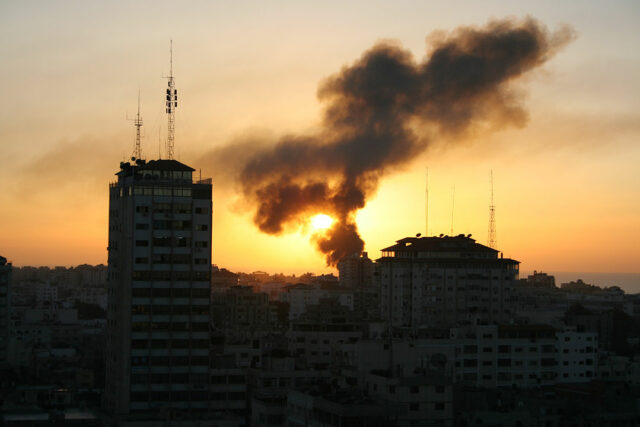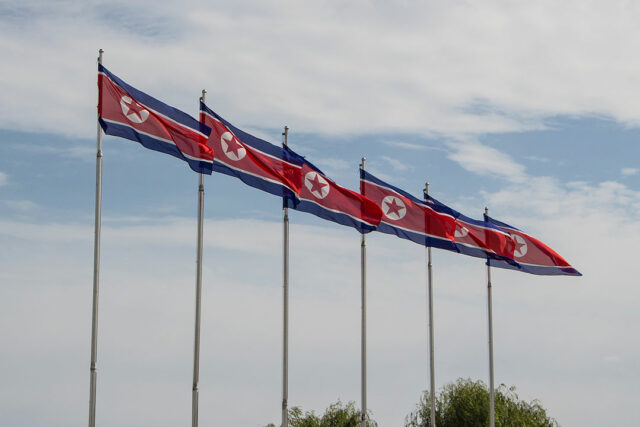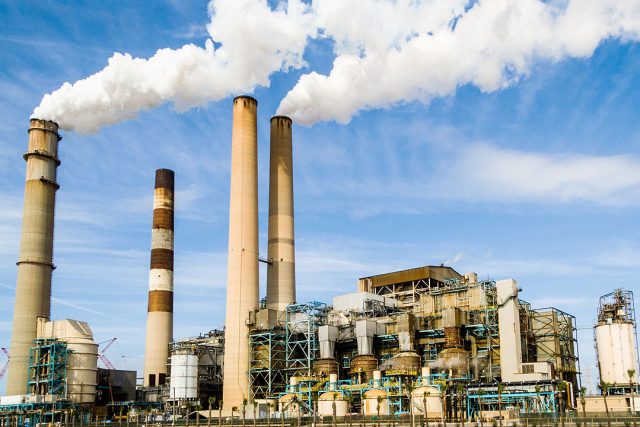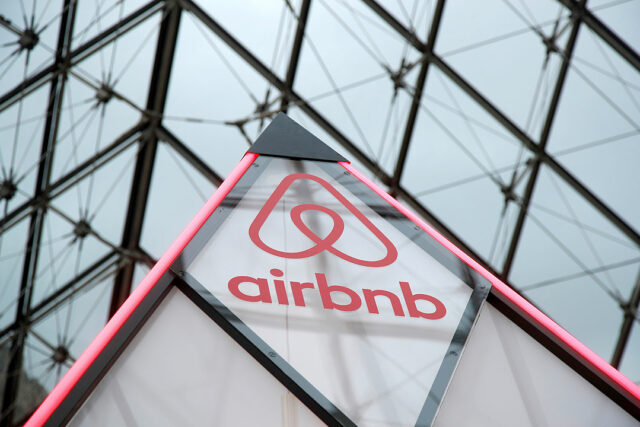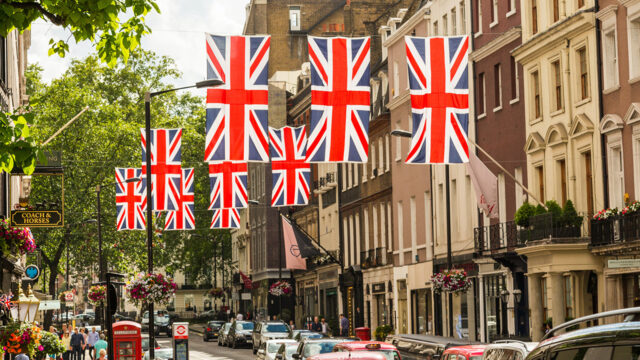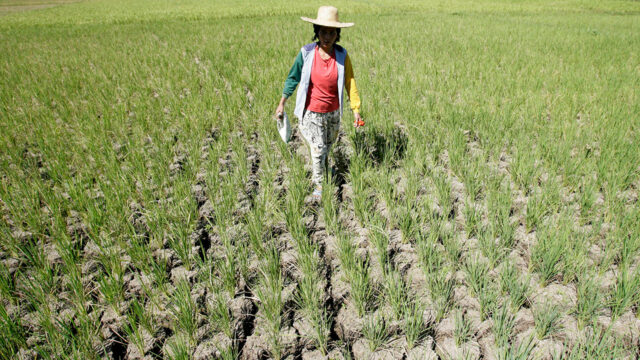GAZA/TEL AVIV — Israel’s government and Hamas agreed on Wednesday to a four-day pause in fighting to allow the release of 50 hostages held in Gaza in exchange for 150 Palestinians imprisoned in Israel, and the entry of humanitarian aid into the besieged enclave.
Officials from Qatar, which has been mediating secret negotiations, as well as the US, Israel and Hamas have for days been saying a deal was imminent.
Hamas is believed to be holding more than 200 hostages, taken when its fighters surged into Israel on Oct. 7, killing 1,200 people, according to Israeli tallies.
A statement by Israeli Prime Minister Benjamin Netanyahu’s office said 50 women and children will be released over four days, during which there will be a pause in fighting.
For every additional 10 hostages released, the pause would be extended by another day, it said, without mentioning the release of Palestinian prisoners in exchange.
“Israel’s government is committed to return all the hostages home. Tonight, it approved the proposed deal as a first stage to achieving this goal,” according to the statement, released after hours of deliberation that were closed to the press.
Hamas said the 50 hostages would be released in exchange for 150 Palestinian women and children who are held in Israeli jails. The truce deal will also allow hundreds of trucks of humanitarian, medical and fuel aid to enter Gaza, the Palestinian group said in a statement.
Israel had committed not to attack or arrest anyone in all parts of Gaza during the truce period, it added.
US President Joseph R. Biden said he welcomed the deal. “Today’s deal should bring home additional American hostages, and I will not stop until they are all released,” he said in a statement.
The Qatar government said 50 civilian women and children hostages would be released from Gaza in exchange for the release “of a number of Palestinian women and children held in Israeli prisons.”
The starting time of the truce would be announced within the next 24 hours, it said in a statement.
The accord is the first truce of a war in which Israeli bombardments have flattened swathes of Hamas-ruled Gaza, killed 13,300 civilians in the tiny densely populated enclave and left about two-thirds of its 2.3 million people homeless, according to authorities in Gaza.
But Mr. Netanyahu said Israel’s broader mission was unchanged.
“We are at war, and we will continue the war until we achieve all our goals. To destroy Hamas, return all our hostages and ensure that no entity in Gaza can threaten Israel,” he said in a recorded message at the start of the government meeting.
Hamas said in its statement: “As we announce the striking of a truce agreement, we affirm that our fingers remain on the trigger, and our victorious fighters will remain on the lookout to defend our people and defeat the occupation.”
RELEASE TO BEGIN ON THURSDAY
Three Americans, including a three-year-old girl whose parents were among those killed during Hamas’s Oct. 7 attack, are expected to be among the hostages to be released, a senior US official said.
In addition to Israeli citizens, more than half the hostages held foreign and dual citizenship from some 40 countries including the US, Thailand, Britain, France, Argentina, Germany, Chile, Spain and Portugal, Israel’s government has said.
Israeli media said the first release of hostages was expected on Thursday. Implementing the deal must wait for 24 hours to give Israeli citizens the chance to ask the Supreme Court to block the release of Palestinian prisoners, reports said.
Kamelia Hoter Ishay, the grandmother of 13-year-old Gali Tarshansky, who is believed to be held in Gaza, said she would not believe reports of a deal until she got a call that the teenager was freed.
“And then I’ll know that it’s really over and I can breathe a sigh of relief and say that’s it, it’s over,” she said.
Qadura Fares, head of the Commission for Prisoners’ Affairs in the Ramallah-based Palestinian Authority, told Reuters that among more than 7,800 Palestinians imprisoned by Israel were about 85 women and 350 minors. Most were detained without charges or for incidents such as hurling rocks at Israeli soldiers, not for launching militant attacks, he said.
Qatar’s chief negotiator in ceasefire talks, Minister of State at the Foreign Ministry Mohammed Al-Khulaifi, told Reuters that the International Committee of the Red Cross would be working inside Gaza to facilitate the hostages’ release.
He said that the truce means there would be “no attack whatsoever. No military movements, no expansion, nothing.”
Al-Khulaifi added that Qatar hopes the deal “will be a seed to a bigger agreement and a permanent cease of fire. And that’s our intention.”
Hamas has to date released only four captives: US citizens Judith Raanan, 59, and her daughter, Natalie Raanan, 17, on Oct. 20, citing “humanitarian reasons,” and Israeli women Nurit Cooper, 79, and Yocheved Lifshitz, 85, on Oct. 23.
The armed wing of the Palestinian militant group Islamic Jihad, which participated in the Oct. 7 raid with Hamas, said late on Tuesday that one of the Israeli hostages it has held since the Oct. 7 attacks on Israel had died.
“We previously expressed our willingness to release her for humanitarian reasons, but the enemy was stalling, and this led to her death,” Al Quds Brigades said on its Telegram channel.
As attention focused on the hostage release deal, fighting on the ground raged on. Mounir Al-Barsh, director-general of Gaza’s health ministry, told Al Jazeera TV that the Israeli military ordered the evacuation of the Indonesian Hospital in Gaza City. Israel said militants were operating from the facility and threatened to act against them within four hours, he said.
On Tuesday, Israel also said its forces had encircled the Jabalia refugee camp, a congested urban extension of Gaza City where Hamas has been battling advancing Israeli armored forces.
The Palestinian news agency WAFA said 33 people were killed and dozens wounded in an Israeli air strike on part of Jabalia.
In southern Gaza, Hamas-affiliated media said 10 people were killed and 22 injured by an Israeli air strike on an apartment in the city of Khan Younis.
Reuters could not immediately verify the accounts of fighting on either side. — Reuters


